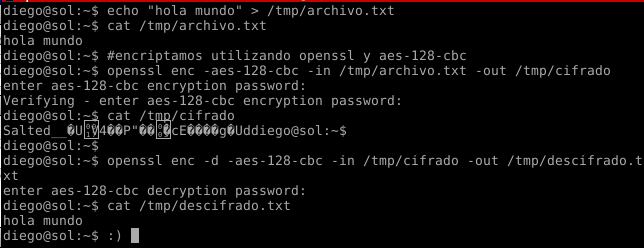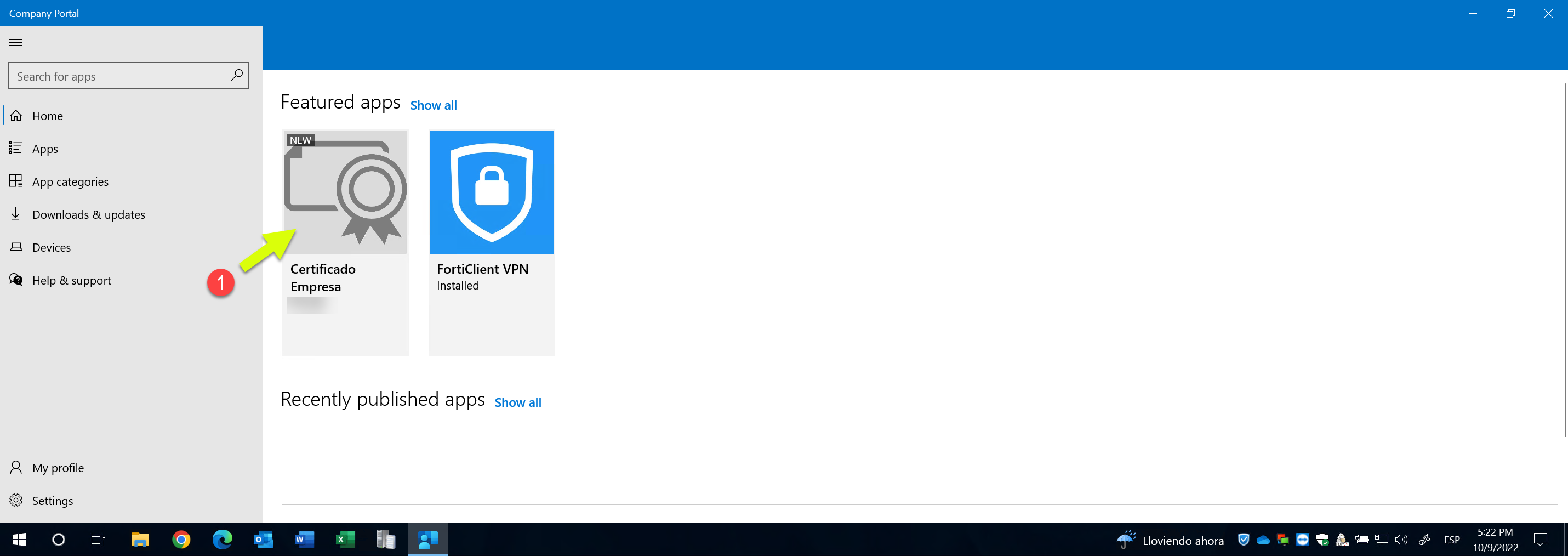
DNS: Creating TXT Record '_' with value 'AAAAAAAAAAAAAA-aaaaaaaaaaaaaaaaa-AAAAA', in Zone Id '' using API provider '(Update DNS Manually)' Performing automated challenge responses () The challenge consists of adding a TXT DNS record requested by CertifyTheWeb app Attempting Domain Validation:

No validar certificados en stunnel manual#
I used google domains, which needed manual verification. And if none of the builtin APIs work for the challenge, there’s a manual way of doing it. One of the ways of doing that is DNS challenge. Let’s encrypt needs to confirm that you own a domain for which you’re issuing a certificate. DNS challenge to confirm that you own your domain I went with ‘Certify SSL Manager’, because it’s one of the few that works on Windows. To simplify creation and renewal, there are numerous clients and scripts. The cerificate would only be valid for 90 days, and needs to be renewed after that. The easiest way of getting it (for free, otherwise they’re not cheap) would be using. The proper way of getting rid of this warning is using a certificate signed by Certificate Authority. You could add that certificate to trusted certificates on your client machine. But it will cause your browser to complain: Stunnel can (and does during installation) generate a self-signed one. This config uses stunnel.pem ( PEM file format). To set up an encrypted connection, you need a certificate. The config accepts traffic from any host on 443 port (default HTTPS port) and redirects it to localhost:80. One of the recommended options I’ve found was using stunnel ( ). I needed to put https interface over my http-only server (running on Windows). I have added the CA certificate to the client_Access_stunnel.Note to readers: it’s the first time I’ve ever used stunnel or let’s encrypt, so I don’t really know what I’m doing.


Server: pid = /var/run/stunnel/server.pidĬert = /opt/quasar/cert/certs/stunnels/server.pem What I am trying to do is to use a stunnel client and with verify 3 it authenticates the user based on the certificate.Ĭlient: cert = /stunnel/client_Access_stunnel.pemĬAfile = /stunnel/client_Access_stunnel.pem I have 2x stunnels linux based, 1 server, 1 client.


 0 kommentar(er)
0 kommentar(er)
